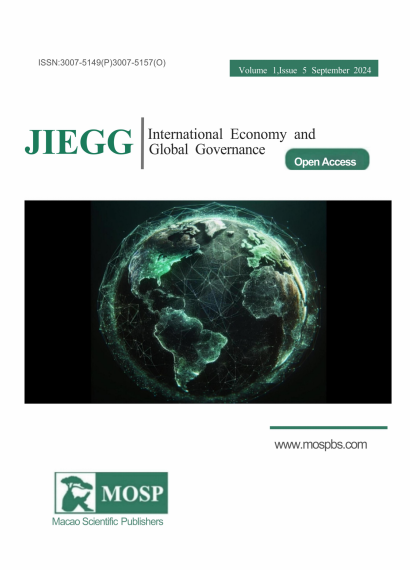-
Aguiar de Medeiros, C. (2003). The post-war American technological development as a military enterprise. Contributions to Political Economy, 22(1), 41-62.
-
Avant, D., & Sigelman, L. (2010). Private security and democracy: Lessons from the US in Iraq. Security Studies, 19(2), 230-265.
-
Bellais, R. (2024). Market structures, competition and innovation: Grounds for an alternative defence industrial policy. Defence and Peace Economics, 35(4), 448-463.
-
Buchanan, J. M. (1983). Rent seeking, noncompensated transfers, and law of succession. The Journal of Law & Economics, 26(1), 71-85.
-
Cox, R. W. (2014). The military-industrial complex and US military spending after 9/11. Class, Race and Corporate Power, 2(2), Article 5.
-
Eisenhardt, K. M. (1989). Agency theory: An assessment and review. The Academy of Management Review, 14(1), 57-74.
-
Engel, J. A. (2011). Not yet a garrison state: Reconsidering Eisenhower's military-industrial complex. Enterprise and Society, 12(1), 175-199.
-
Gholz, E., & Sapolsky, H. M. (1999). Restructuring the U.S. defense industry. International Security, 24(3), 5-51.
-
Hartung, W. D. (1996). Saint Augustine's rules: Norman Augustine and the future of the American defense industry. World Policy Journal, 13(2), 65-73.
-
Higgs, R. (1990). Arms, politics, and the economy: Historical and contemporary perspectives. Independent Institute.
-
Krueger, A. O. (1974). The political economy of the rent-seeking society. The American Economic Review, 64(3), 291-303.
-
Mills, C. W. (2000). The power elite. Oxford University Press.
-
Ottosen, R. (2008). The military-industrial complex revisited. Television & New Media, 10(1), 122-125.
-
Pallante, G., Russo, E., & Roventini, A. (2023). Does public R&D funding crowd-in private R&D investment? Evidence from military R&D expenditures for US states. Research Policy, 52(8), 1-15.
-
Pranghofer, S. (2016). The early modern medical-military complex: The wider context of the relationship between military, medicine, and the state. Canadian Journal of History, 51(3), 451-472.
-
Schmid, J. (2018). The diffusion of military technology. Defence and Peace Economics, 29(6), 595-613.
-
Sękowski, S. (2021). The pros and cons of rent-seeking: Political rent in various research paradigms. Public Policy Studies, 8(2), 11-27.
-
Wallace, G. P. R. (2008). Alliances, institutional design, and the determinants of military strategy: Conflict management and peace science. Conflict Management and Peace Science, 25(3), 224-243.

